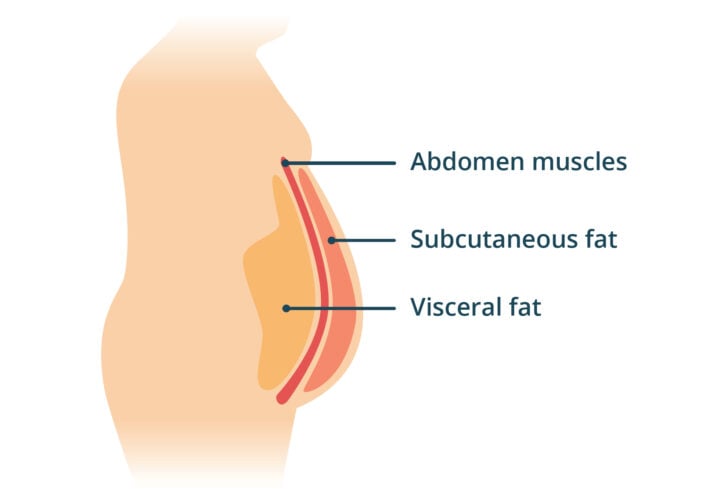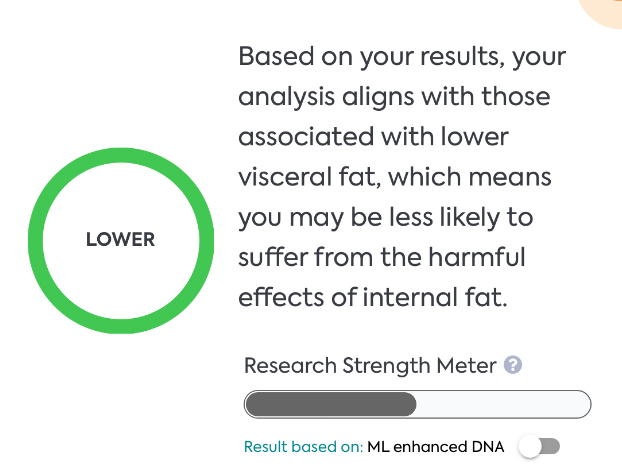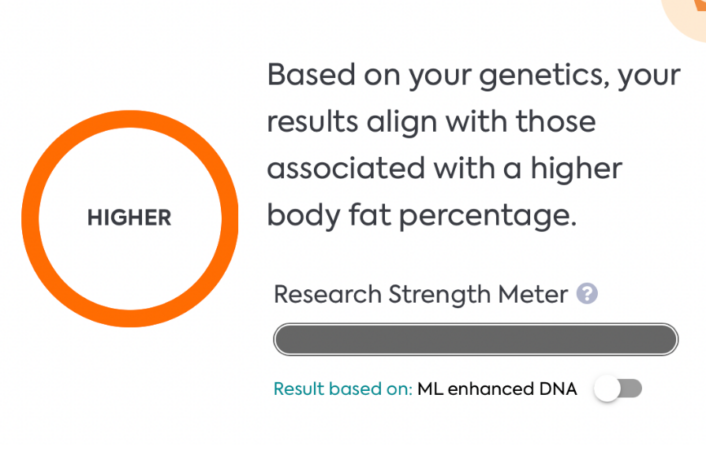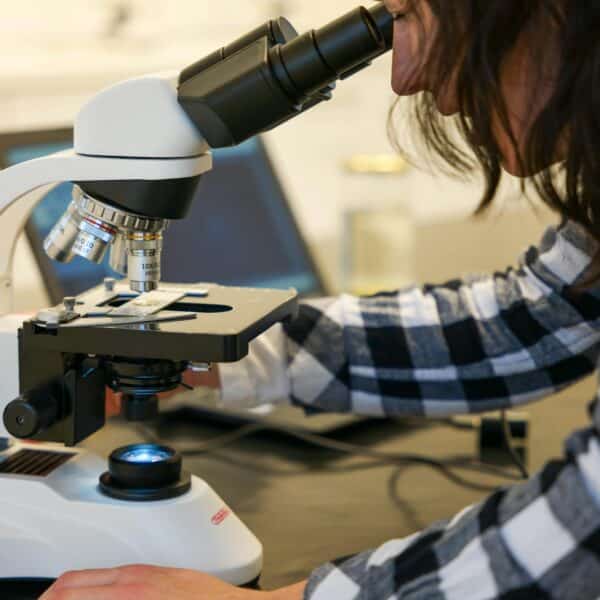Does Your Genetics Influence Your Social Life?
Aira
on
April 25, 2024
What is Social Rejection?
Social rejection occurs when an individual is deliberately excluded from a social relationship or social interaction. The experience can range from being ignored in a conversation and not being invited to social gatherings to more severe forms such as bullying, ostracization, or discrimination.
This phenomenon is not limited to personal relationships but can also occur in a professional setting. Psychological research suggests that social rejection can affect a person’s emotional, cognitive, and physical health.
The brain processes social pain like physical pain, indicating the profound impact of rejection on human well-being. Social rejection can lead to feelings of loneliness, decreased self-esteem, anxiety, and depression. Understanding the mechanics and effects of social rejection is crucial for developing coping mechanisms and promoting more inclusive social environments.
You May Also Like: Genetics of Sensitivity to Stimuli
The Cyberball Experiment
The Cyberball experiment, developed by Kip Williams and colleagues, uses a virtual ball-tossing game to study social exclusion. Participants believe they are playing an online game with others, but the other players are computer-generated. Eventually, the computer stops throwing the ball to the participant, simulating social rejection.
This experiment has consistently shown that even minimal social exclusion can lead to increased feelings of distress, low mood, and a fundamental need to belong, underscoring the deep impact of social rejection on emotional well-being. Several behavioral and genetic studies on social rejection use this exercise.

What Causes Social Rejection?
A complex interplay of individual behaviors, societal norms, and group dynamics causes social rejection. At the individual level, personal traits such as aggression, shyness, or non-conformity can trigger rejection.
Societal norms and stereotypes play a significant role, as deviations from these expectations can lead to exclusion. In group settings, dynamics such as conformity pressure, competition, and the need for cohesion can result in the rejection of members perceived as different or threatening to the group’s identity.
Additionally, structural factors like racism, sexism, and other forms of discrimination contribute to systemic social rejection. Understanding these causes is crucial for addressing and mitigating social rejection in various contexts.
You May Also Like: Genetics of the Fear of Pain
Genetics of Social Rejection
OPMR1
The OPRM1 gene is responsible for encoding the μ-opioid receptor, a type of protein found on the surface of cells in the brain and nervous system. This receptor plays a critical role in the body’s response to opioids—substances that include both powerful pain relievers, such as morphine and codeine, and illegal drugs like heroin. Opioid receptors are involved in pain modulation, mood regulation, and the reward system, influencing feelings of pleasure and pain relief.
In a 2009 study, 122 participants reported their sensitivity to social rejection, with a subset of 31 undergoing fMRI scans during a simulated social rejection scenario in an online game. The findings revealed that individuals with the G allele of the A118G polymorphism (rs1799971) were more sensitive to social rejection, showing increased activity in brain areas (the dorsal anterior cingulate cortex and anterior insula) known for processing both social and physical pain.
The study found that this activity in the dorsal anterior cingulate cortex mediated the relationship between the A118G polymorphism and sensitivity to rejection. These results suggest a significant role for the μ-opioid receptor in the experience of social pain, paralleling its involvement in physical pain, and highlight the A118G polymorphism’s impact on susceptibility to feeling social rejection.
MAOA
The MAOA gene (Monoamine Oxidase A) is crucial for encoding the enzyme monoamine oxidase A. This enzyme plays a significant role in the metabolic breakdown of neurotransmitters in the brain, such as serotonin, norepinephrine, and dopamine. These neurotransmitters are essential for regulating mood, emotion, and various other behaviors. By breaking down these chemicals, MAOA helps maintain their balance within the nervous system, influencing emotional regulation and behavioral expression.
In a fascinating 2010 study, researchers found an interesting link between MAOA gene expression, age, and response to social rejection. Instead of SNPs, the researchers investigated several variable number tandem repeats (VNTRs). This polymorphism affects the gene’s expression levels, with 3.5 or 4 repeats leading to higher expression (MAOA-high) and 3 or 5 repeats resulting in lower expression (MAOA-low). Adults carrying the MAOA-low activity variant of the gene showed a slightly more significant response to rejection words than those with the MAOA-high activity variant, indicating a heightened sensitivity to social rejection cues in the adult/low group. Adolescents with the MAOA-high activity gene variant responded more strongly to rejection words than their MAOA-low activity counterparts. It suggests a greater reactivity to social rejection in the adolescent/high group.
OXTR
The OXTR gene encodes the oxytocin receptor, a critical component of the oxytocin signaling pathway in the body. Oxytocin is often known as the “love hormone” or “social bonding hormone” because of its significant role in facilitating social interactions, maternal behaviors, pair bonding, and trust. The oxytocin receptor allows cells in the brain and other parts of the body to respond to the oxytocin hormone, mediating its effects on behavior and physiology.
In a 2015 study, findings suggest that while individuals harboring the OXTR G-allele of SNP rs53576 exhibit more prosocial behaviors, making individuals more cooperative and empathetic, it also increases their vulnerability to the negative impacts of social stressors, such as ostracism or rejection.
Further, a 2016 study also noted that individuals carrying the same G-allele are predisposed to exhibit positive social qualities, which generally leads to more favorable outcomes when encountering social stressors. However, these people may simultaneously exhibit greater social sensitivity. In addition, the study also found that those with the A-allele might find it challenging to engage in or maintain various group affiliations due to fear of rejection or negative social experiences.
Non-genetic Factors Affecting Social Rejection
Several non-genetic factors influence social rejection, encompassing socio-economic status, cultural background, personality traits, and interpersonal skills. Socio-economic disparities can create divisions within social groups, leading to exclusion.
Cultural differences can also be a barrier to social acceptance, as individuals from minority cultures may face challenges in integrating with the dominant culture. Personality traits such as shyness, introversion, or aggression can affect an individual’s ability to connect with others and increase the risk of being socially rejected.
Additionally, poor interpersonal skills, including lack of empathy, difficulty in communication, and inability to read social cues, can lead to misunderstandings and social rejection.
Addressing these factors through education, awareness, and personal development can help reduce instances of social rejection.
How to Deal with Social Rejection
Dealing with social rejection involves a multifaceted approach focusing on self-care, perspective-shifting, and building resilience. Initially, acknowledging and processing the emotions associated with rejection is vital. It may include expressing feelings through writing, art, or conversation.
Engaging in activities that bolster self-esteem and foster a positive self-image can also mitigate the impact of rejection. Developing a broader perspective helps us understand that rejection is not always personal and can be due to various external factors.
Cultivating a strong friends and family support network can provide emotional comfort and reassurance.
Additionally, practicing resilience by facing fears of rejection and learning from experiences can enhance personal growth and emotional strength. These strategies can help individuals cope with social rejection and contribute to a more fulfilling social life.
It is also important to note that not everybody prefers a thriving social life. Having a few meaningful relationships in your life can go a long way. While enjoying activities by yourself, like painting, cooking, or gardening, are often shown negatively in pop culture, it could also be signs of a content and independent personality.
Handpicked for you: The Genetics of Optimism
How to Deal with Social Rejection at Work
Dealing with social rejection in the workplace requires a professional approach emphasizing communication, self-improvement, and seeking support.
Open communication with colleagues and supervisors can help clarify misunderstandings and foster a more inclusive environment. Seeking feedback on performance and interpersonal skills can provide insights into potential areas for improvement.
Engaging in professional development activities and team-building exercises can enhance workplace relationships and reduce feelings of isolation. Maintaining a balance between work and personal life ensures one’s self-worth is not tied just to professional achievements.
Seeking support from mentors, HR, or professional counselors can provide additional strategies for navigating workplace dynamics and improving interpersonal relationships.
If you are a person who prefers to stay home and read books, don’t feel pressured into seeking frivolous connections. Having a vast network of friends works for some people, but it is not always necessary for happiness.
LifeDNA Personality & Cognition Report
The LifeDNA Personality Report offers intriguing insights into how your genetics might influence your behavior, emotions, and social interactions. Based on genetic markers associated with personality traits such as introversion, extroversion, and emotional resilience, the report provides a detailed analysis to help you understand yourself better. Knowing your genetic predispositions can guide personal development, optimize relationships, and enhance career satisfaction.
The report also analyzes your genetic susceptibility to feeling Social Rejection. Get your report here.
References
- https://www.apa.org/monitor/2012/04/rejection
- https://www.ncbi.nlm.nih.gov/pmc/articles/PMC6085085/
- https://genderedinnovations.stanford.edu/terms/stereotypes.html
- https://medlineplus.gov/genetics/gene/oprm1/
- https://www.pnas.org/doi/full/10.1073/pnas.0812612106
- https://medlineplus.gov/genetics/gene/maoa/
- https://onlinelibrary.wiley.com/doi/full/10.1111/j.1601-183X.2010.00596.x
- https://www.ncbi.nlm.nih.gov/pmc/articles/PMC9966686/
- https://academic.oup.com/scan/article/10/8/1153/1625192
- https://doi.org/10.1080/17470919.2017.1327458
*Understanding your genetics can offer valuable insights into your well-being, but it is not deterministic. Your traits can be influenced by the complex interplay involving nature, lifestyle, family history, and others.
Our reports have not been evaluated by the Food and Drug Administration. The contents on our website and our reports are for informational purposes only, and are not intended to diagnose any medical condition, replace the advice of a healthcare professional, or provide any medical advice, diagnosis, or treatment. Consult with a healthcare professional before making any major lifestyle changes or if you have any other concerns about your results. The testimonials featured may have used more than one LifeDNA or LifeDNA vendors’ product or reports.





















